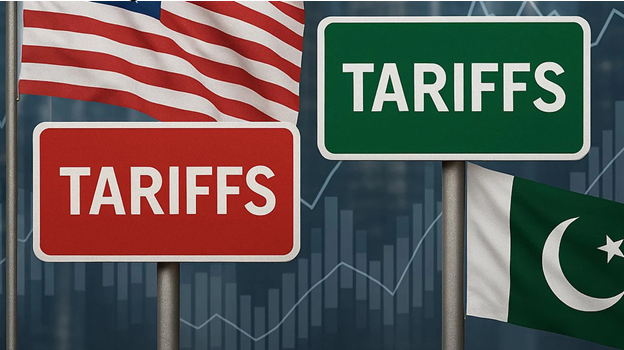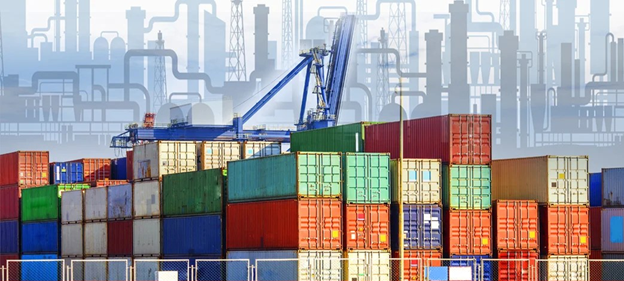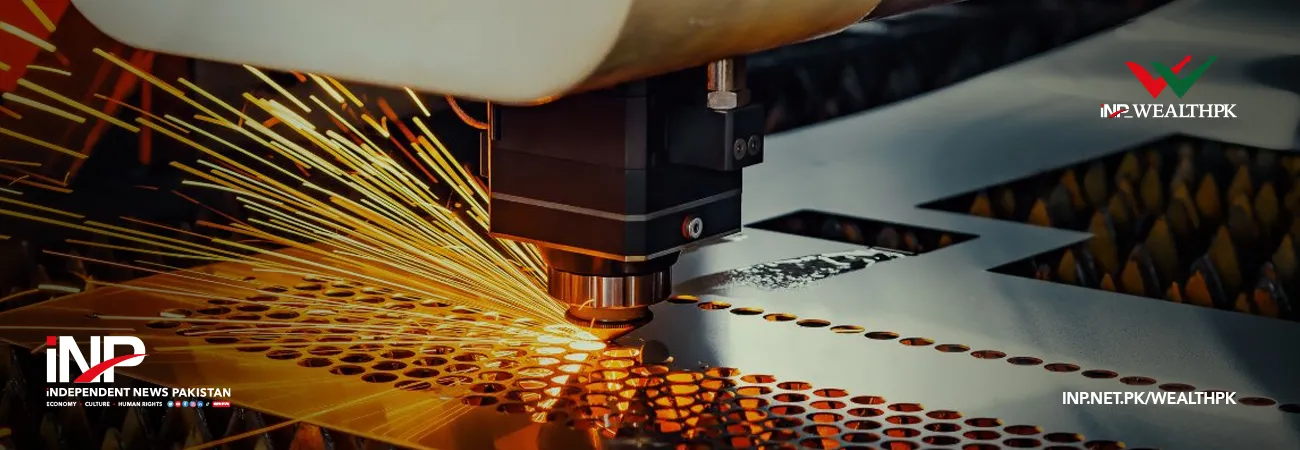INP-WealthPk
Ahmed Khan Malik
The export sector in Sindh has expressed cautious optimism over the decision by the United States to impose comparatively lower tariffs on Pakistani goods.

The move, which gives Pakistan an edge over several regional competitors, is being welcomed as a much-needed breather for an economy struggling with high costs, declining foreign reserves, and stiff global competition.
The US government has set tariffs on Pakistani goods at levels lower than those applied to countries like India, Bangladesh, and Sri Lanka. This has provided exporters from Pakistan, especially in the textile and leather sectors, a renewed sense of confidence about their ability to maintain and even expand their share in the American market.
Textiles, which account for more than 60% of Pakistan’s exports, remain the backbone of Sindh’s export industry.

Karachi, the country’s largest industrial hub and port city, houses hundreds of textile units and readymade garment factories. Exporters believe the lowered tariffs will help them offer more competitive prices.
Naveed Kamran, a textile miller in Sindh Industrial Trading Estate (SITE) Association, has praised the development, saying it would provide a much-needed incentive for manufacturers to scale up production. “The province’s export base is not limited to textiles alone — leather products, surgical goods, and value-added agriculture products also form part of the export basket.”
He said: “Lower tariffs will certainly make our products more attractive in the US market. This is the kind of relief our exporters have been waiting for, especially after a difficult year marked by rising costs of energy and raw materials,” said Naveed.
While the announcement has been hailed as a positive step, business leaders caution that structural problems in Pakistan’s economy still threaten to erode the benefits. High electricity and gas tariffs, expensive financing, and an unreliable energy supply chain continue to push up production costs.
Ihsan Imam, a garment factory owner in North Karachi industrial area, argued that without domestic reforms, Pakistan risks losing the advantage that lower US tariffs offer. “We can’t compete internationally if our input costs remain among the highest in the region. The government must use this opportunity to cut down on inefficiencies and create a level playing field,” said Ihsan.
He suggested that Sindh, with its strategic port facilities and strong industrial base, is well positioned to take advantage of the tariff relief. By modernising infrastructure, investing in renewable energy, and promoting value-added exports, the province can significantly expand its footprint in global markets, he said.
He urged both the provincial and federal governments to play a proactive role in supporting exporters, recommending broader access to financing, better logistics, and fewer bureaucratic hurdles that slow down trade processes.
“At the same time, better coordination between Islamabad and Washington is needed to ensure that the tariff advantage remains in place and that future trade negotiations safeguard Pakistan’s export interests,” he said.
Ihsan said that lower US tariffs provide a welcome relief and a competitive edge in the global market. However, sustaining and expanding this advantage will depend on how effectively local industries and policymakers tackle the deep-rooted structural issues, he added.
Credit: INP-WealthPk













